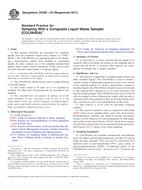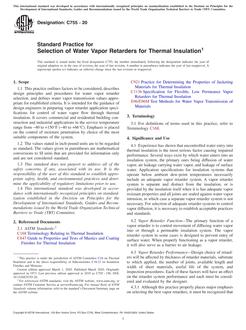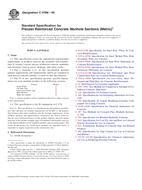1.1 This test method covers the determination of total sulfur in petroleum and petroleum products that are single-phase and either liquid at ambient conditions, liquefiable with moderate heat, or soluble in hydrocarbon solvents. These materials can include diesel fuel, jet fuel, kerosene, other distillate oil, naphtha, residual oil, lubricating base oil, hydraulic oil, crude oil, unleaded gasoline, gasohol and biodiesel.
1.2 The range of this test method is between the PLOQ value (calculated by procedures consistent with Practice D6259) of 3 mg/kg total sulfur and the highest level sample in the round robin, 4.6 wt. % total sulfur.
Note 1 – Instrumentation covered by this test method can vary in sensitivity. The applicability of the test method at sulfur concentrations below 3 mg/kg may be determined on an individual basis for WDXRF instruments capable of measuring lower levels, but precision in this test method does not apply.
1.2.1 The values of the limit of quantitation (LOQ) and method precision for a specific laboratory's instrument depends on instrument source power (low or high power), sample type, and the practices established by the laboratory to perform the method.
1.3 Samples containing more than 4.6 mass % sulfur should be diluted to bring the sulfur concentration of the diluted material within the scope of this test method. Samples that are diluted can have higher errors than indicated in Section 14 than non-diluted samples.
1.4 Volatile samples (such as high vapor pressure gasolines or light hydrocarbons) may not meet the stated precision because of selective loss of light materials during the analysis.
1.5 A fundamental assumption in this test method is that the standard and sample matrices are well matched, or that the matrix differences are accounted for (see 12.2). Matrix mismatch can be caused by C/H ratio differences between samples and standards or by the presence of other interfering heteroatoms or species (see Table 1).
1.6 The values stated in SI units are to be regarded as standard. No other units of measurement are included in this standard.
1.7 This standard does not purport to address all of the safety concerns, if any, associated with its use. It is the responsibility of the user of this standard to establish appropriate safety and health practices and determine the applicability of regulatory limitations prior to use.
Product Details
- Published:
- 02/15/2010
- Number of Pages:
- 12
- File Size:
- 1 file , 350 KB
- Redline File Size:
- 2 files , 650 KB


